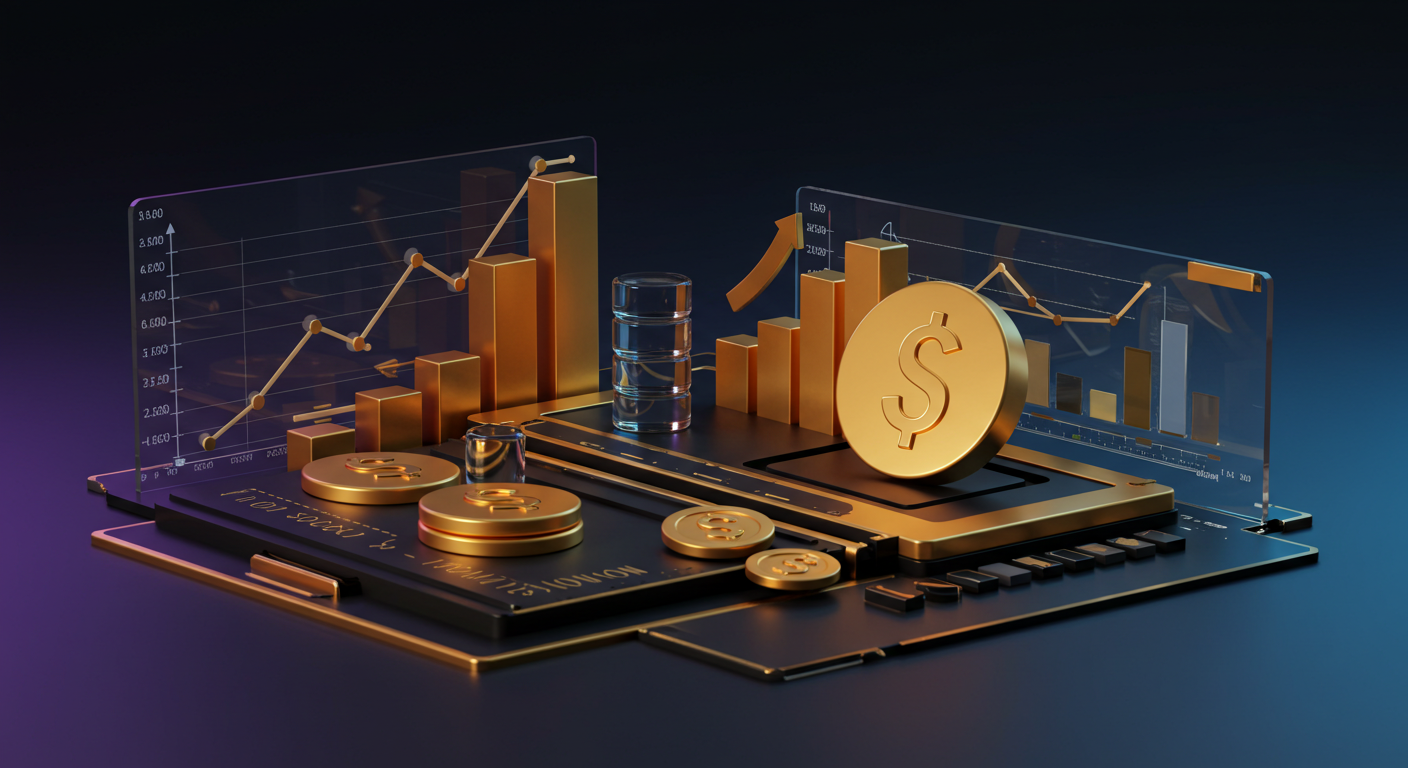
Gold prices in Malaysia fell on Friday, with the price per gram dropping to 459.22 Malaysian Ringgits from 461.51 the previous day. The cost for a tola decreased to MYR 5,356.28, while the price for a troy ounce was recorded at 14,282.97 MYR.
Gold prices in Malaysia are calculated by adjusting international prices, converting them to the local currency and measurement units. Prices are updated daily based on market rates, though local rates might differ slightly.
Central Bank Gold Reserves
Central banks are the largest holders of gold, buying 1,136 tonnes worth around $70 billion in 2022, marking the largest yearly purchase on record. Countries like China, India, and Turkey are swiftly increasing their reserves.
Gold is inversely correlated with the US Dollar and risk assets; when the Dollar depreciates, Gold tends to rise. The price of Gold can fluctuate due to geopolitical instability or economic fears, rising with lower interest rates but often restrained by a strong Dollar.
We’ve just seen a modest pullback in Malaysian gold prices, with the value per gram edging down to 459.22 MYR, a reduction of over 2 Ringgit since the previous session. At the same time, conversions into traditional bar formats like tola and troy ounce reflect similar softening. This is not an isolated move, but rather a local adjustment derived from international spot activity, filtered through currency conversion and rounding across domestic benchmarks.
What this essentially indicates is that we’re observing the local gold valuation keeping in line with broader patterns—not enforcing its own direction but closely following global cues. These signals matter more than usual when macroeconomic uncertainties are in play.
The major factor here lies with global reserves. Central banks, particularly from nations including China, India, and Turkey, aren’t just tinkering at the margins—last year they picked up more gold than in any year since record-keeping began. That quantity—over 1,100 tonnes—equates to billions in USD at current market prices. And when state banks move the needle on reserves, it’s not speculative. These are long-term policy stances, often based on hedging against currency dilation or bolstering economic confidence during periods of tighter liquidity.
Gold And The Us Dollar
There’s a longstanding and consistent inverse relationship between the US Dollar and gold. When the greenback softens, gold tends to move higher. But, we shouldn’t misread that into a simplistic equation. If the Dollar holds or gains strength—even modestly—it can resist or stall upward movement in bullion. Not only that, when risk-on sentiment surges, capital often shifts away from safe havens like gold and toward equities or higher-yielding alternatives.
Add in geopolitical or economic jitters, and we might begin to see movements that don’t necessarily track inflation data or interest rates on their own. Instead, they arise from market emotion—what people think will happen next, not just what has happened already. Recall the sudden price lifts seen during brief moments of regional conflict or policy shifts in major economies last year. These spikes were, in more than one instance, tethered more toward sentiment than metrics.
Right now, we must keep an eye on interest rate expectations from the Fed. Lower interest rates tend to buoy gold, since the opportunity cost of holding a non-yielding asset becomes less burdensome. But it’s rarely this straightforward. If inflation holds steady or accelerates, particularly in the US or Western Europe, the Dollar can find footing even in easing cycles, and that would weigh on gold despite softer rates.
For those of us navigating derivatives anchored to metals, especially gold, timing around central bank commentary, CPI prints, and even emerging market policy resets becomes far more than background noise. These are the guardrails for momentum shifts. Too often, markets misprice probabilities into futures contracts, which later unwind inelegantly when forward guidance changes or data prints surprise. We’ve seen that happen repeatedly during tightening cycles, especially when sentiment leans ahead of action.
So, as we look towards the coming weeks, hedging strategies should remain adaptive—not rigid. It no longer pays to take a one-sided bet on gold solely based on rate outlooks. Instead, pricing in relative Dollar strength, reserve buying pacing, and near-term political rhetoric may be more informative. We especially need to recognise that gold remains highly reactive—not just to what central banks do, but to how traders judge whether they’ve moved too soon or too late.







